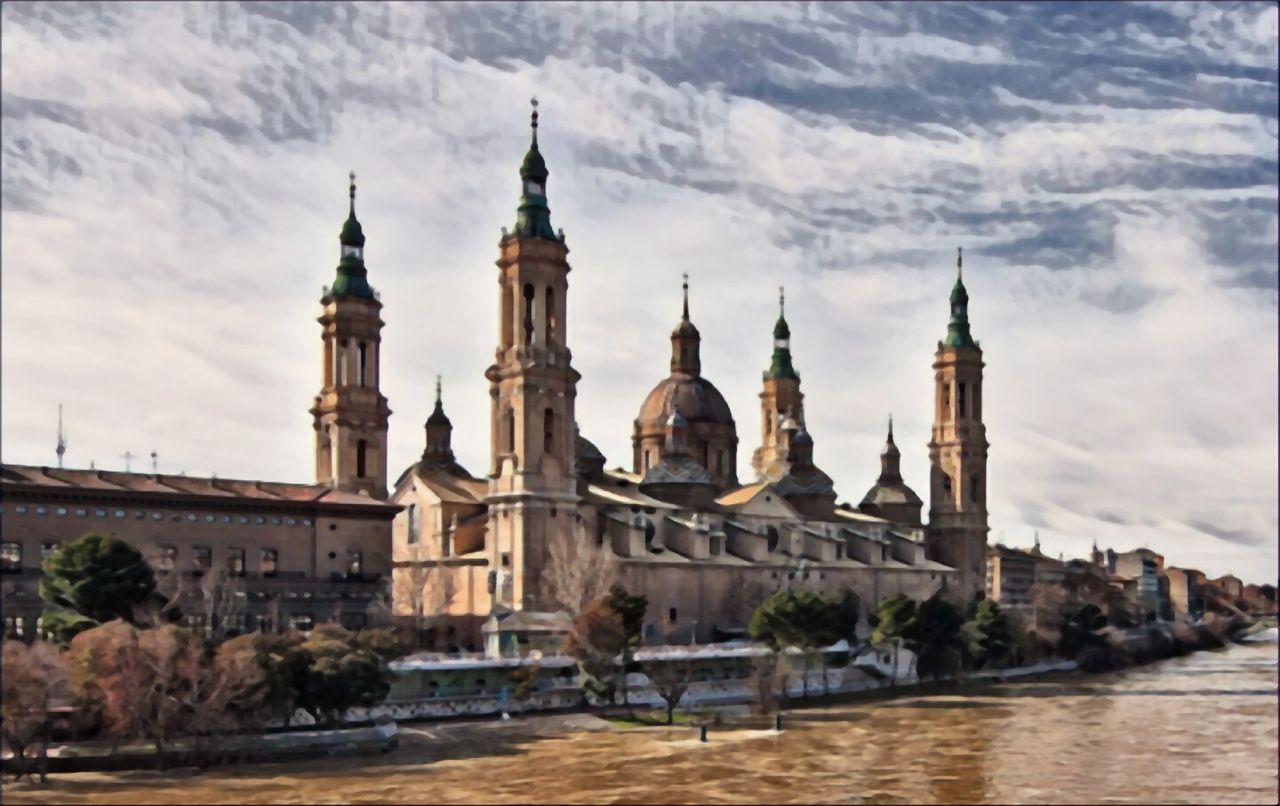Saint James
Known for his unwavering faith, missionary zeal, and enduring legacy, Saint James occupies a bit of a place in the hearts and minds of believers worldwide, particularly among pilgrims. From his humble beginnings as a fisherman in ancient Galilee to his role as one of Jesus Christ’s closest companions and emissaries, Saint James’s life and teachings and his resting place in Santiago de Compostella inspire and captivate countless people to this day.
The Calling of a Fisherman
James, son of Zebedee, and his brother John were ordinary fishermen plying their trade on the shores of the Sea of Galilee when they encountered Jesus Christ. Instantly, their lives were forever changed as they heeded the call to become “fishers of men.” Alongside Peter, James and John formed the inner circle of Jesus’ disciples. They witnessed firsthand the miracles, teachings, and profound love of Jesus.
21 Going on from there, he saw two other brothers, James son of Zebedee and his brother John. They were in a boat with their father Zebedee, preparing their nets. Jesus called them,
Matthew 4:21-22 (NIV)
22 and immediately they left the boat and their father and followed him.
A Witness to Transfiguration
Among the pivotal moments in James’ journey was his presence at the Mount of Transfiguration. Here, Jesus revealed his divine glory to Peter, James, and John. Shining with radiant light as he conversed with Moses and Elijah, this awe-inspiring event left an indelible mark on James (wouldn’t it anyone). It absolutely reinforced his faith in Jesus’ divinity and the promise of eternal life.
Martyrdom and Legacy
Following Jesus’s crucifixion and resurrection, James emerged as a fiery evangelist and missionary, spreading the gospel far and wide. He travelled to distant lands thought to include Spain. There, he proclaimed the good news of salvation, enduring hardships and persecution with unwavering courage and resolve.

Apparently, during his time in Spain, James experienced a vision of the Virgin Mary, who appeared to him atop a pillar (known as the “Pillar of St. James”) near the present-day city of Zaragoza.
Ultimately, James met his martyrdom in Jerusalem (around 44 AD). He was executed by order of King Herod Agrippa I, becoming the first apostle to be martyred.
Acts 12:1-2 (NIV)1 It was about this time that King Herod arrested some who belonged to the church, intending to persecute them.
2 He had James, the brother of John, put to death with the sword.
The Miraculous Discovery of Saint James’ Tomb
Following James’ martyrdom in Jerusalem, his disciples purportedly transported his remains back to Spain for burial. In the early 9th century, a miraculous event occurred that would forever alter the course of history: the discovery of Saint James’ tomb.
A hermit named Pelayo witnessed a celestial vision of stars descending upon a field in Galicia. Guided by this divine intervention, he unearthed a hidden tomb containing the relics of Saint James. News of the discovery spread like wildfire, attracting pilgrims from far and wide.
The First Pilgrim
Upon hearing of the discovery, King Alfonso II is said to have made a pilgrimage to the site around 814 AD. He ordered the construction of a church on the site of the tomb, which later became the Cathedral of Santiago de Compostela.
The Birth of the Camino de Santiago
In the wake of Saint James’ miraculous discovery, pilgrimage routes began to emerge, leading devout Christians to Santiago de Compostela to venerate his relics. Over time, these paths coalesced into what is now known as the Camino de Santiago, a network of trails that crisscross Europe and converge upon the sacred city.
The Camino de Santiago sometimes referred to as the Way of St. James, encompasses a variety of routes, each offering its own challenges and rewards for pilgrims undertaking the journey. Whether traversing the rugged terrain of the Camino Francés, the scenic beauty of the Camino Portugués, or the spiritual tranquillity of the Camino del Norte, pilgrims are united by a shared sense of purpose. The journey to Saint James and the city of Santiago de Compostella.
Devotion and Celebration
Throughout Spain, the legacy of Saint James is celebrated. He is, after all, the Patron Saint of Spain. His feast day, July 25th, known as the Feast of Saint James or Santiago Apostle, is a time of jubilation and festivity, marked by religious processions, cultural events, and traditional rituals. When it falls on a Sunday this becomes a “Holy Year” and pilgrim numbers soar.
In Santiago de Compostela, pilgrims gather in the majestic Cathedral of Santiago to pay homage to Saint James and receive the coveted Compostela, a certificate of completion awarded to those who have completed the pilgrimage. The cathedral’s majestic façade, adorned with intricate carvings and statues of Saint James, is a fitting tribute to the patron saint of Spain and the countless pilgrims who have walked in his footsteps.
Hope and Inspiration

The life of Saint James reminds us of the transformative power of faith and pilgrimage, the importance of spreading love and compassion, and the enduring promise of redemption and eternal life.
Buen Camino!
